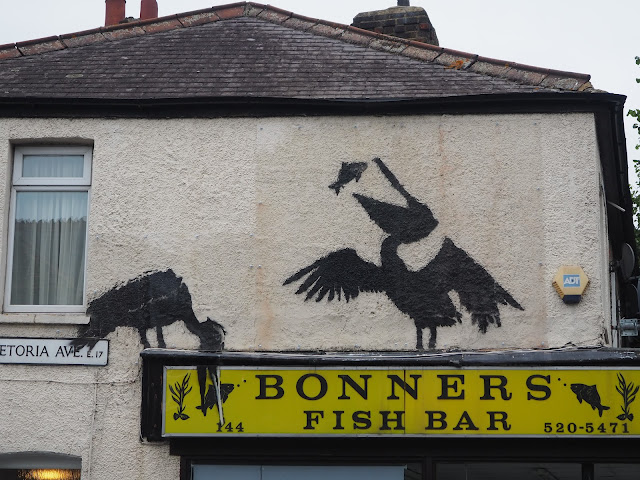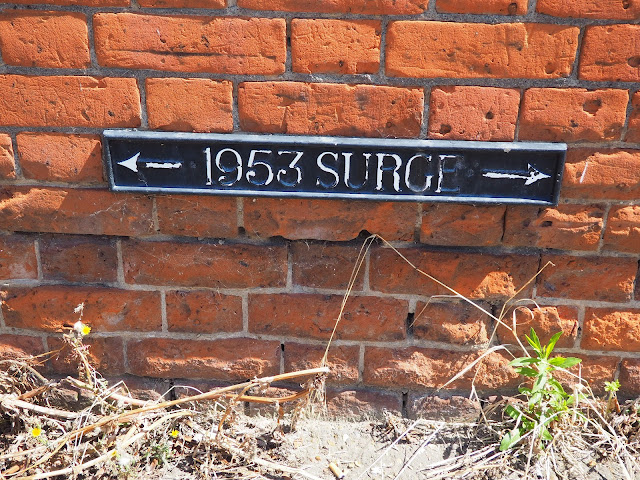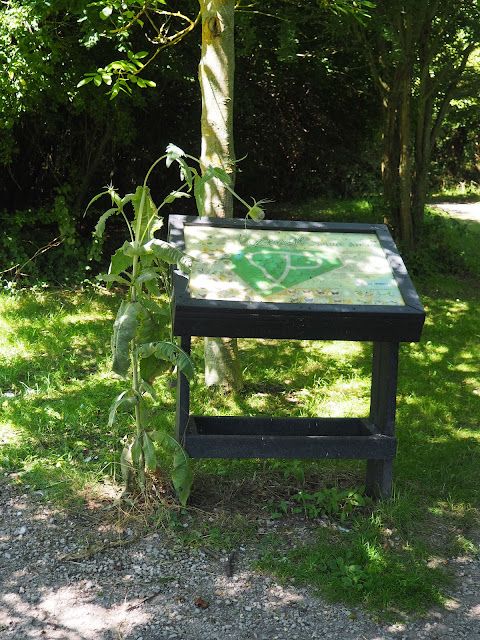Regular readers of this blog (if there are any) may remember that about a year ago I agreed to lead a literary walk based in Richmond, and I had the idea of doing a route that took in the school where Sir Richard Francis Burton was educated (or at least taught), and ended at the Orleans House Gallery which houses the Burton Collection, an archive which among other gems contains plaster casts of one of Burton’s hands, and one of his feet – the left in both cases. I thought it would be a fitting climax to a walk if we ended up staring at a plaster cast of someone’s foot. The case looks like this on the Orleans House website.
The idea didn’t come off because although the Burton Collection could, and can, be seen on request, the gallery at that time, they told me, was in the process of changing curators so things were ‘a bit chaotic’ and there’d be no chance of seeing it for a few months. So I led a different walk.
For some of us, Burton is a fascinating though paradoxical and contested figure, on the one hand an intrepid explorer, a proto-anthropologist and sexologist; on the other a man with some less than enlightened views on race and sex. I couldn’t have said that Burton had been ‘cancelled’ by Orleans House, but it certainly seemed he’d been sidelined.
Still, thanks to the good people involved with the Sir Richard Francis Burton Society, chiefly Martin Norris, a small group of us went into the collection recently and we were allowed an hour to look at, though not touch, items from the collection. These included, among other things, writing implements, a sword, photograph albums, a cigar case and a fez.
And there, sure enough, were the casts of Burton’s hand and foot. I took a photo - not a very good one because of the overhead lighting and all reflections - but at least it proves I was actually there.
I’m still working out how much of a walker Burton was, but one of the great things about our archive visit was a chance to look at some of Burton’s shoes. I’m sure you can tell a lot by looking at a dead man’s shoes. I recall being horrified as a kid when my grandfather died and various male relatives started trying on his shoes to see if they fitted and whether they could use them. Now it seems a perfectly reasonable and rather touching thing to do. There was definitely no trying on of Burton’s footwear, obviously.
There were fencing shoes, slippers, a wooden clog, some very fine boots. The patterns of wear were interesting, at least one pair looked as though it might have been reheeled.
It was a great afternoon. The visit wasn’t exactly a walking expedition but we did walk to Orleans House from the pub where we met near Twickenham station, and on the way we saw a pair of marble buttocks peeping out at us over a wall and behind railings. So on the way back we took a closer look.
The buttocks belong to one of a number of Carrera marble statues, the Oceanides, part of the York House Cascade, in York House Gardens.
Like Burton himself these do have a convoluted history. As I understand it, they were carved somewhere near the turn of the 19th to the 20th century by Oscar Spalmach, and they passed through the hands of Whitaker Wright, who intended to use them at his estate in Surrey. However, in 1904 Wright was found guilty of fraud, and committed suicide by swallowing cyanide in an anteroom of the Royal Courts of Justice.
York House belonged to Sir Ratanji Tata, described by some sources as ‘an Indian merchant prince’ and he bought the statues in 1909, still in packing cases, to adorn his property. Tata died in 1918, and when his wife returned to India she sold York House to Twickenham Urban District Council for use as municipal offices, and the statues were part of the deal. After many decades of neglect and vandalism the statues were eventually saved and restored.
And there they are today, naked, shameless, uncancelled. Sir Richard Francis Burton would surely have loved them. The Oceanides – not a pair of shoes between them.











































